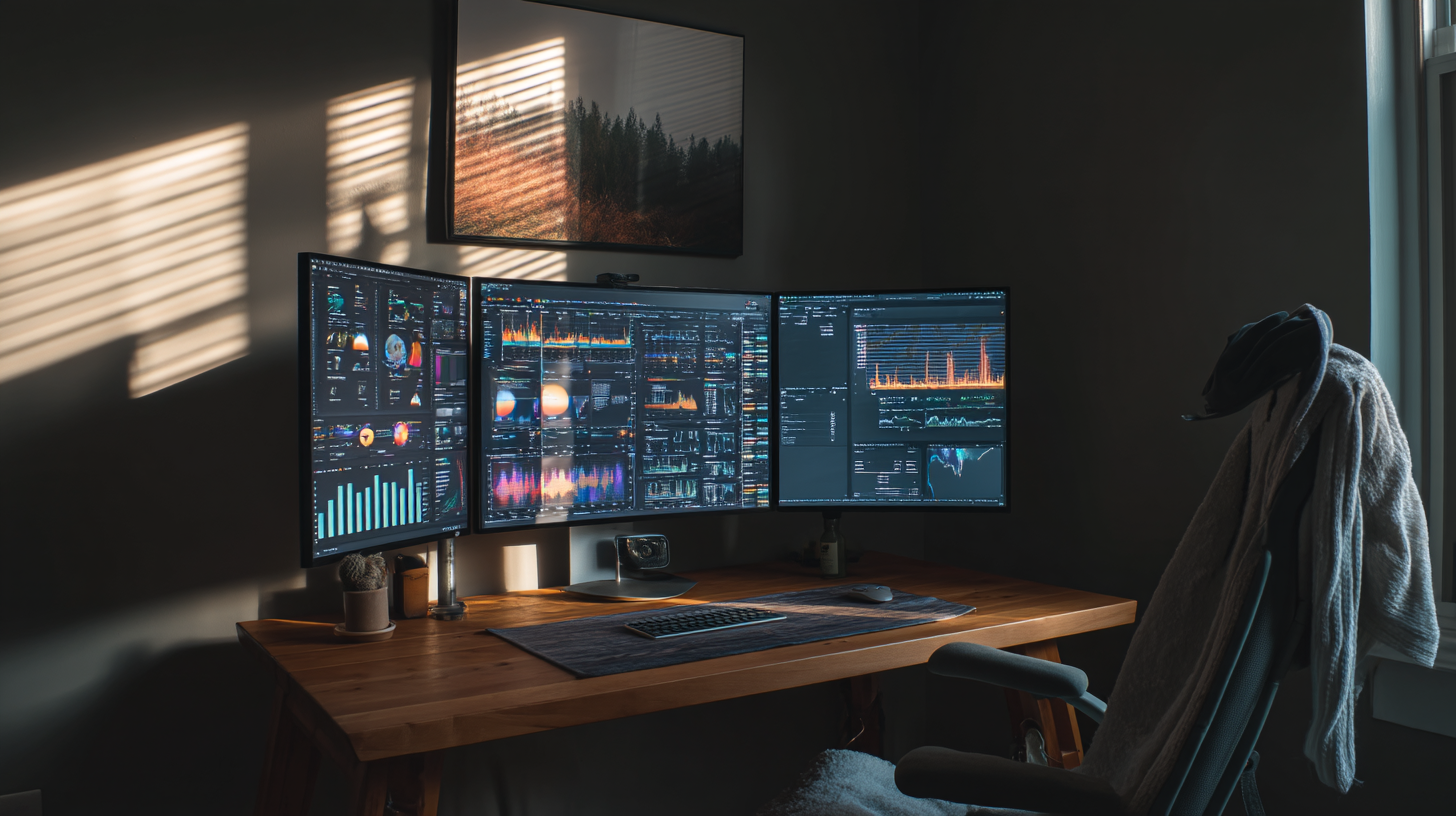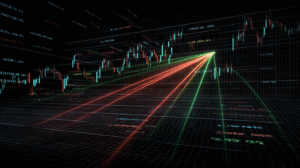Once you’ve grasped the basics of trading—how markets move, how to manage risk, and how to read price charts—it’s time to take your skills to the next level. Advanced traders don’t just react to the market; they prepare for it. They analyze patterns, test strategies, and stay emotionally disciplined.
This guide introduces you to some of the techniques that can give you an edge in the markets, whether you’re trading stocks, forex, crypto, or commodities.
1. Multi-Timeframe Analysis
Markets operate on multiple levels at once. A currency pair may look like it’s in an uptrend on the hourly chart but be in a long-term downtrend on the daily.
By analyzing two or three timeframes together—such as the 1H, 4H, and Daily—you can better understand the overall structure and avoid getting caught in fakeouts.
Pro tip: Look for alignment across timeframes before entering a trade. If the long-term trend is bullish, consider long setups on lower timeframes.
2. Fibonacci Retracements
Fibonacci retracement levels are a favorite among technical traders. These levels (like 38.2%, 50%, and 61.8%) often act as support and resistance zones where prices may bounce or reverse.
Traders use them to:
- Identify potential pullback zones in trends
- Set entry points or targets
- Combine with other indicators (like trendlines or moving averages)
You don’t have to rely on them alone—but when used properly, they can help refine your timing.
3. Divergence with RSI and MACD
Divergence occurs when price moves in one direction, but an indicator like the RSI (Relative Strength Index) or MACD (Moving Average Convergence Divergence) moves in the opposite direction.
- Bullish divergence: Price makes a lower low, but the indicator makes a higher low → potential upward reversal.
- Bearish divergence: Price makes a higher high, but the indicator makes a lower high → potential drop ahead.
Spotting divergence can help you catch reversals early or exit a trade before momentum fades.
4. Risk-to-Reward Mastery
Advanced traders obsess over risk-to-reward ratios. Before entering any trade, ask yourself: Is the potential reward worth the risk?
- A 1:3 risk-to-reward ratio means for every $1 you risk, you’re aiming to make $3.
- Even if you’re right only 40% of the time, you can still be profitable if you maintain good ratios.
This mindset separates disciplined traders from impulsive ones.
5. Backtesting and Journaling
Before risking real money, smart traders backtest their strategies using historical data. This helps them:
- See how a system would have performed
- Identify its strengths and weaknesses
- Gain confidence in execution
Pair this with a trading journal where you record each trade, the reasoning behind it, and the outcome. Over time, you’ll spot patterns in your behavior—and improve faster than most.
6. News and Event-Based Trading
Markets react to economic news. If you’re trading forex or crypto, pay attention to:
- Central bank announcements
- Inflation reports
- Employment numbers
- Major geopolitical developments
Some traders avoid trading during news spikes due to volatility. Others look to capitalize on the moves. Either way, know what’s coming and plan for it.
7. Psychological Conditioning
Your mindset is your most powerful trading tool. Advanced traders:
- Stick to their plan
- Don’t overtrade
- Stay emotionally neutral whether winning or losing
- Learn from losses without revenge trading
If you can stay consistent when the market gets irrational, you’ll outlast 90% of traders.
Final Thoughts
Advanced trading isn’t about having a complex chart with a dozen indicators. It’s about refinement. You take what works, cut what doesn’t, and stay disciplined no matter what the market throws at you.
Start by integrating one or two of these techniques into your routine. Don’t rush. Mastery comes with time, repetition, and self-awareness.



